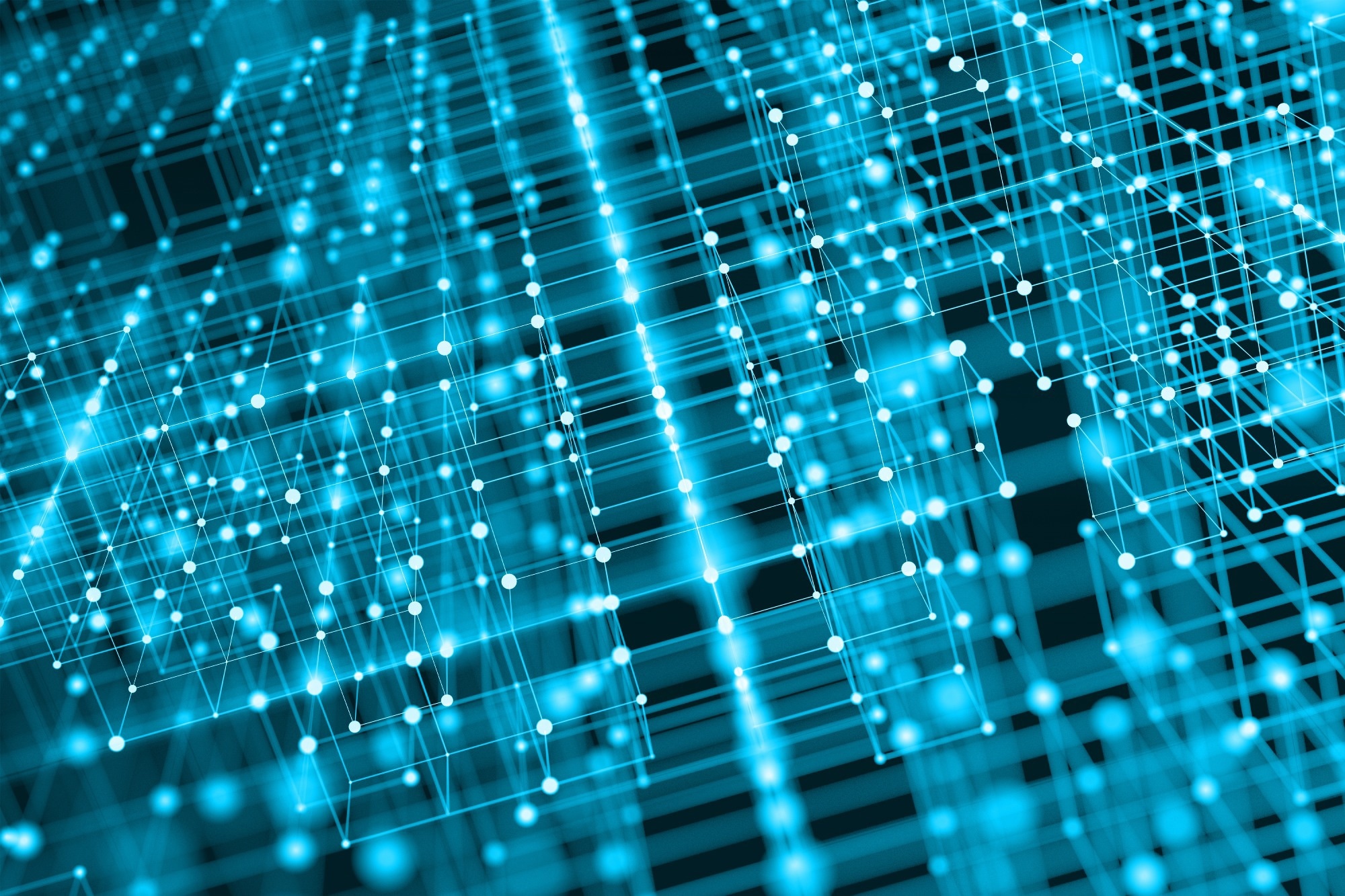By incorporating higher-order dynamics, this innovative framework outperforms traditional methods, offering unprecedented precision and reliability in understanding complex systems.
 Research: Reservoir computing with generalized readout based on generalized synchronization. Image Credit: Konstantin Faraktinov / Shutterstock
Research: Reservoir computing with generalized readout based on generalized synchronization. Image Credit: Konstantin Faraktinov / Shutterstock
Reservoir computing (RC) is a powerful machine learning module designed to handle tasks involving time-based or sequential data, like tracking patterns over time or analyzing sequences. It is widely used in areas such as finance, robotics, speech recognition, weather forecasting, natural language processing, and predicting complex nonlinear dynamical systems. What sets RC apart is its efficiency, which delivers powerful results with much lower training costs than other methods.
RC uses a fixed, randomly connected network layer, known as the reservoir, to turn input data into a more complex representation. A readout layer then analyzes this representation to find patterns and connections in the data. Unlike traditional neural networks, which require extensive training across multiple network layers, RC only trains the readout layer, typically through a simple linear regression process. This drastically reduces the amount of computation needed, making RC fast and computationally efficient. Inspired by how the brain works, RC uses a fixed network structure but learns the outputs in an adaptable way. It is especially good at predicting complex systems and can even be used on physical devices (called physical RC) for energy-efficient, high-performance computing. Despite its advantages, RC has limitations in capturing complex patterns due to its linear readout layer. Nevertheless, can it be optimized further?
A recent study by Dr. Masanobu Inubushi and Ms. Akane Ohkubo from the Department of Applied Mathematics at Tokyo University of Science, Japan, presents a novel approach to enhancing RC. "Drawing inspiration from recent mathematical studies on generalized synchronization, we developed a novel RC framework that incorporates a generalized readout, including a nonlinear combination of reservoir variables," explains Dr. Inubushi. This method offers improved accuracy and robustness compared to conventional RC." Their findings were published in Scientific Reports on 28 December 2024.
The key innovation lies in using a Taylor series expansion to enhance the RC framework. This approach enables the generalized readout to approximate higher-order terms, such as quadratic and cubic components, creating a more comprehensive and accurate map of the target dynamics. The new generalized readout-based RC method relies on a mathematical function, h, that maps the reservoir state to the target value of the given task, for instance – a future state in the case of prediction tasks. This function is based on generalized synchronization, a mathematical phenomenon where one system's state can fully describe another's behavior. Recent studies have shown that in RC, a generalized synchronization map exists between input data and reservoir states, and the researchers used this map to derive the function h.
To explain this, the researchers used Taylor's series expansion, simplifying complex functions into smaller, more manageable segments. While conventional RC approximates this map using only the first two terms, the generalized readout incorporates additional higher-order terms, such as quadratic and cubic terms, significantly improving its predictive capability. In contrast, their generalized readout method incorporates a nonlinear combination of reservoir variables, allowing data to be connected in a more complex and flexible way to uncover deeper patterns. This provides a more general, complex representation of h, enabling the readout layer to capture more complex time-based patterns in the input data and improving accuracy. Despite this added complexity, the learning process remains as simple and computationally efficient as conventional RC.
To test their method, the researchers conducted numerical studies on chaotic systems like the Lorenz and Rössler attractors—mathematical models known for their unpredictable atmospheric behavior. The researchers used metrics such as Mean Conjugacy Error (MCE) and Kullback-Leibler Divergence (KLD) to quantify improvements in accuracy and robustness. The results showed notable improvements in accuracy, along with an unexpected enhancement in robustness, both in short-term and long-term predictions, compared to conventional RC.
"Our generalized readout method bridges rigorous mathematics with practical applications. While initially developed within the framework of RC, both synchronization theory and the generalized readout-based approach are applicable to a broader class of neural network architectures," explains Dr. Inubushi.
The study highlights the potential applications of this method in physical RC, particularly for systems with low-dimensional dynamics, such as photonic circuits. While the approach increases the number of parameters to be trained, it remains computationally feasible due to the linear regression framework used in RC. While further research is needed to explore its potential fully, the generalized readout-based RC method represents a significant advancement that holds promise for various fields. It marks an exciting step forward in reservoir computing.
Source:
Journal reference: